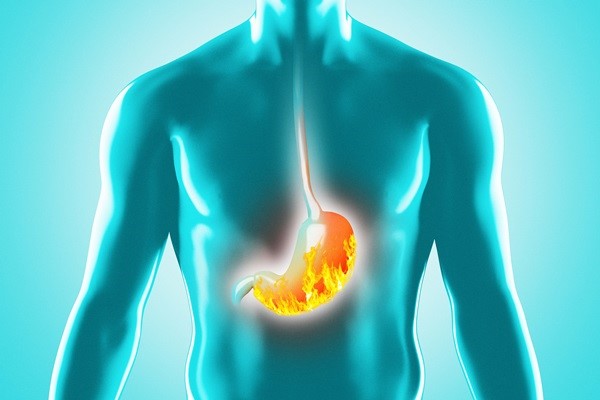
What is gastric bypass?
Gastric bypass is a hormonal restrictive intervention. In other words, it acts on the digestive tract by reducing the production of certain hormones responsible for hunger and increasing the production of others that increase the sense of satiety
These changes obviously lead to a strong reduction in appetite and a satiety that arrives early (i.e. after a few mouthfuls): the amount of food taken is therefore much reduced, resulting in weight loss.
The gastric bypass also has a strong metabolic effect, i.e. it acts effectively on type 2 diabetes, in many cases inducing a remission of the disease (normal blood glucose values without further therapy) and reducing almost completely the necessary therapy.
In the first few years, this intervention allows a rather significant weight loss (about 60% or more of the overweight) without great effort.
In the long term, however, it is essential that the patient is able to maintain the new eating habits acquired as a result of the bypass operation, and therefore to continue the low-calorie diet.
How is gastric bypass performed?
Gastric bypass is a surgical procedure that involves the creation of a tiny gastric pouch (about the size of a coffee cup) that can hold only a small amount of food.
The gastric pouch is completely separated from the rest of the stomach and empties directly into a section of small intestine, which is sutured to the pouch.
The stomach, although food no longer passes through it, is not removed.
The exclusion of the stomach and the first part of the intestine (duodenum and first part of the jejunum) from the transit of food can lead to a reduced absorption of certain vitamins and minerals with the consequent need to take multivitamin complexes such as calcium and iron.
What are the benefits of gastric bypass?
Gastric bypass reduces food intake by decreasing hunger and accelerating the sense of satiety.
The overall average weight loss is around 60% of the overweight (i.e. extra kilos), with good maintenance of the lost weight (over ten years) in those with a BMI of less than 50.
In patients with a BMI of more than 50, weight loss is lower and long-term failure occurs in 40% of those operated on.
This method has been widely practised in the United States over the last 20 years and is now used worldwide. In addition to its effect on weight, it is also effective in treating type II diabetes mellitus (normalisation of glycaemia and glycosylated haemoglobin in about 80% of cases) and gastro-oesophageal reflux.
Is gastric bypass surgery painful or dangerous?
It is a surgical procedure, with all the possible complications of abdominal surgery.
It can lead to some typical complications of the operation, which are:
- Anaemia due to iron and/or vitamin B12 and/or folic acid deficiency.
- Osteoporosis due to calcium deficiency
- Intestinal obstruction (volvulus)
- Dumping syndrome, i.e. hypoglycaemic crises immediately after eating
- Acute vitamin deficiencies in case of continuous vomiting
Which patients can undergo gastric bypass?
Due to its metabolic characteristics, it is particularly suitable for those who have had type 2 diabetes mellitus for several years, especially if they already require insulin therapy; it is also particularly suitable for those with severe gastroesophageal reflux.
It is often proposed as a revision operation for those who have already had a gastric band placed and have failed to lose weight.
Follow-up
Follow-up visits are essential to optimise weight loss, and to prevent or treat some possible complications (deficiencies and dumping syndrome). People who have had gastric bypass surgery must take supplements (iron, vitamins and sometimes calcium) regularly.
Are there any preparation rules?
It is important to perform a pre-operative endoscopic examination of the oesophagus-stomach and duodenum to exclude the absence of gastric and/or duodenal pathologies.
Read Also:
Gastroesophageal Reflux: Causes, Symptoms, Tests For Diagnosis And Treatment
Enteral Nutrition: When Is Artificial Nutrition Needed?
Adjustable Gastric Banding: What It Is And How It Is Performed


